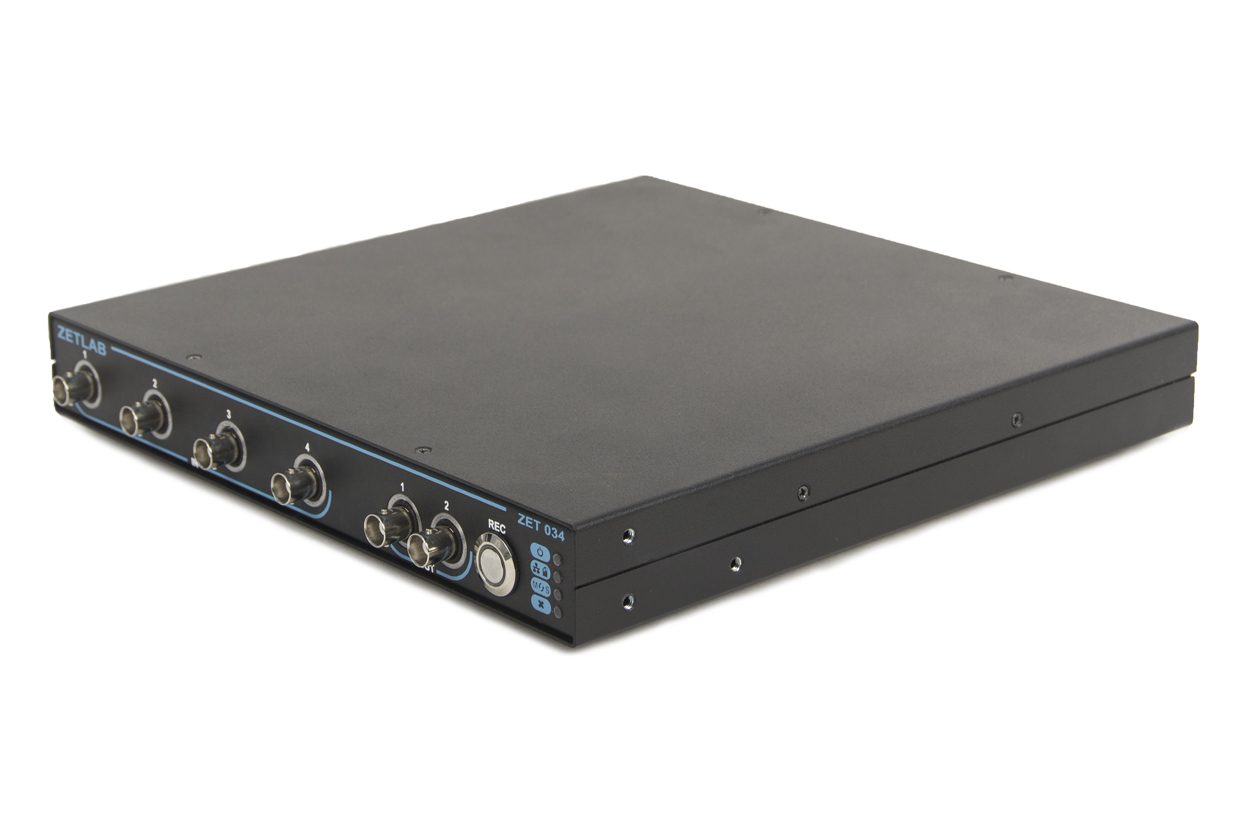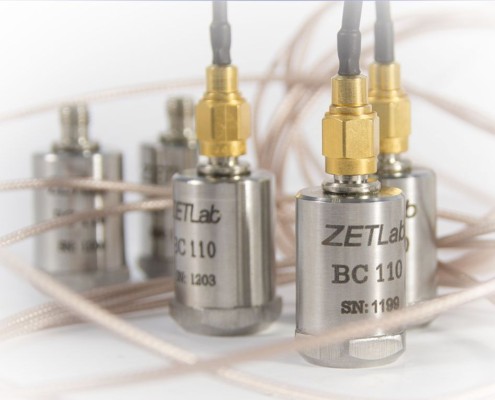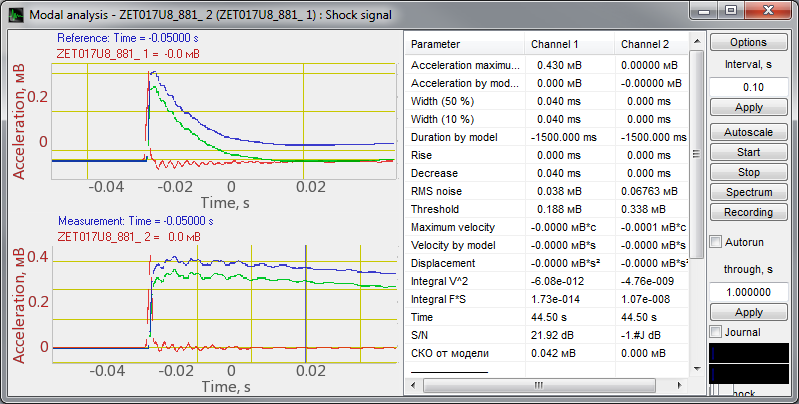Experimental modal analysis
What is the role of modal analysis in modern control and monitoring systems?
The popularity of modal analysis in terms of various monitoring and control systems is attributed to the fact, that the vibration control implies the need of structural dynamic behavior analysis. Structural dynamics and modal parameters control allows to identify such factors as natural frequencies, damping ratios, mode shapes. All these factors are of crucial importance for vibrational parameters monitoring of the control structure. It is necessary to control these vibrational parameters, since the vibrational impact affecting structures with complex dynamic behavior may eventually result into deterioration of the controlled object parameters or even destroy it.
Major types of modal analysis and their specific features
Even though the importance of modal analysis implementation is quite obvious for already several decades, it seems reasonable to differentiate between types of modal analysis which have certain distinctive features and application specifics.
In spite of the fact, that modern control and monitoring systems use a variety of modern analysis algorithms depending on the system scale, specifics of the controlled structure and intended functional range, it is still possible to outline two major types of modal analysis: experimental modal analysis and operational modal analysis.
Let us consider the basic features of Experimental modal analysis.
The experimental modal analysis (also referred to as EMA or Classical modal analysis) is a well-known method, which is widely used for educational purposes. In terms of practical implementation, it has several distinctive features:
1) this type of analysis allows to obtain information about natural frequencies, modes, and damping ratio of the controlled structure
2) EMA is mainly used for small-scale structures with known properties and parameters
3) another important feature of successful implementation of Classical modal analysis is the obligatory linearity of the specimen and controlled input impact with a known response of the system
4) a special attention should be paid to the positioning of measuring transducers (e.g., accelerometers) and the points used for input impact application
5) due to specific requirements to the controlled test impact and positioning of the measurement transducers, it is often impossible to conduct EMA in-situ (e.g., due to lack of access to the controlled object, its size, weight, or operational environment). Thus, it is quite often that the classical modal analysis has to be performed only in the laboratory environment.
6) there are also other factors, which can make the performance of experimental modal analysis impossible. For instance, sometimes it is difficult to simulate the required test impact in laboratory environment due to its range, direction or complexity. Thus, there is no possibility to simulate system behavior/ response in the real operational environment. Another limitation of the experimental modal analysis may be attributed to the duration of test impact (e.g., in the case if it is necessary to conduct a long-term imitation of environmental impact or specimen operation).
In spite of the number of the above listed limitations and requirements, it would be wrong to consider the Experimental modal analysis to be an outdated research method (if compared, for instance, with the Operational modal analysis).
Experimental modal analysis should be considered to be one of the modal analysis methods, which are often used together with each other depending on the particular task to be addressed.
Practical implementation of Experimenta modal analysis: example of hardware and software suite
In the course of practical implementation of Experimental modal analysis (EMA), it is possible to use a variety of test rigs and software suites used for measurement data processing and analysis. Below you can see an example of system components, which can be used for EMA performance:



